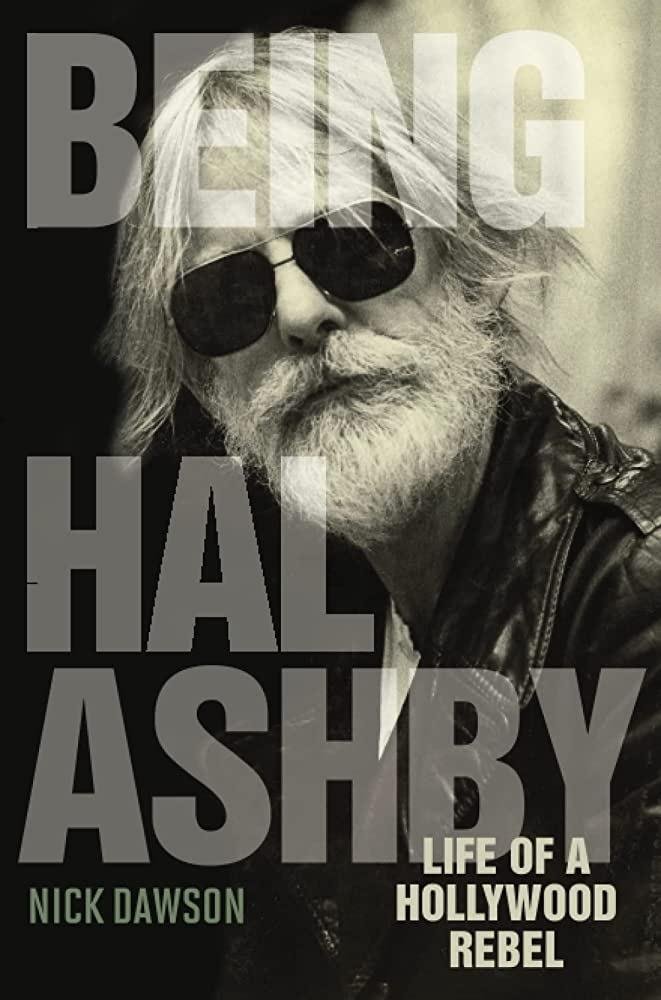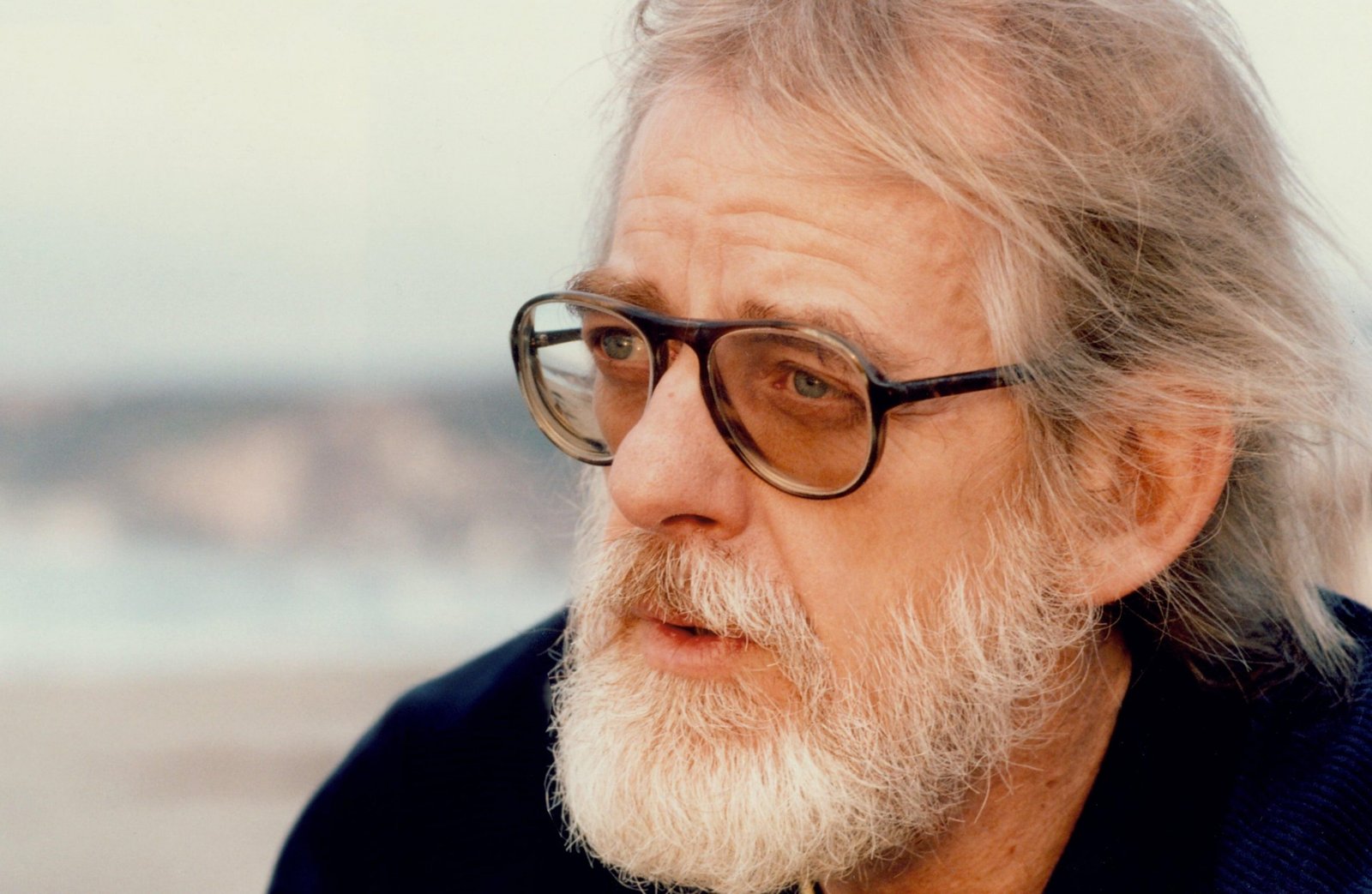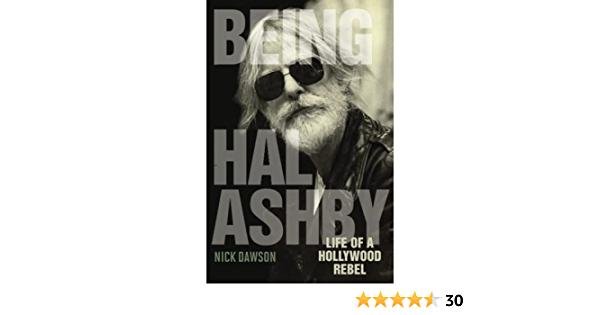Remembering Hal Ashby: A Look into the Life and Career of a Forgotten Filmmaker
Hal Ashby was a filmmaker who left his mark on Hollywood during the 1970s. While his name may not be as recognizable as other directors of his time, his films were unique and unforgettable. From “Harold and Maude” to “Being There,” his work captured the essence of the era and still resonates with audiences today. Unfortunately, Ashby’s life was cut short, and his contributions to the film industry are often overlooked. In this article, we will take a closer look at the life and career of this forgotten filmmaker, and remember the legacy he left behind.
Hal Ashby was a filmmaker who left his mark on Hollywood during the 1970s. While his name may not be as recognizable as other directors of his time, his films were unique and unforgettable. From “Harold and Maude” to “Being There,” his work captured the essence of the era and still resonates with audiences today. Unfortunately, Ashby’s life was cut short, and his contributions to the film industry are often overlooked. In this article, we will take a closer look at the life and career of this forgotten filmmaker, and remember the legacy he left behind.

Early Life
Hal Ashby, the acclaimed American film director and editor, was born on September 2, 1929, in Ogden, Utah. His parents were divorced when he was very young, and he was raised by his father. Ashby was a restless child, and during his teenage years, he developed an interest in jazz music and painting. He eventually enlisted in the Army and was stationed in Germany, where he worked as a film editor for military training films. It was during this time that he discovered his passion for filmmaking, and upon returning to the States, he pursued a career in the industry.
Introduction to Film Industry
The film industry can be a fascinating and complex world, with many different roles and processes involved in bringing a movie to life. From directors and producers to actors and editors, every aspect of filmmaking requires a unique set of skills and expertise. Understanding the inner workings of the industry can help aspiring filmmakers and movie buffs alike appreciate the art and craft of cinema. In this Hal Ashby biography, we will explore the life and work of a talented and influential filmmaker who left his mark on the industry with such classics as “Harold and Maude,” “Being There,” and “Shampoo.”
Directorial Debut
Hal Ashby was a renowned film editor who transitioned into directing and left a significant mark in the film industry. His directorial debut came in 1970 with “The Landlord,” which explored issues of gentrification and race relations in a comedic yet poignant manner. Ashby’s ability to balance humor and depth in his work became his signature style, and it was evident in his subsequent films like “Harold and Maude” and “Being There.” Ashby’s directorial debut set the tone for a career that would become legendary in the film industry.

Collaborations with Screenwriters
Collaborations with screenwriters played a crucial role in the success of Hal Ashby’s films. Ashby believed in giving ample creative freedom to his screenwriters, which resulted in some of the most iconic cinematic moments of his career. From the black comedy of “Harold and Maude” to the poignant drama of “Coming Home,” Ashby’s films were always driven by strong characters and engaging storylines, which were a result of his collaborative efforts with talented screenwriters. Ashby’s unique approach to working with screenwriters is what led to the creation of some of the most memorable films in cinema history.
Successful Films
Successful films are not only made by big budget productions, but also by great directors like Hal Ashby. Ashby was known for his unique and unconventional approach to filmmaking. He directed successful films such as “Harold and Maude”, “Coming Home”, and “Being There”. These films were not only critically acclaimed but also commercially successful. Ashby’s ability to create thought-provoking, emotional and memorable films made him a legend in the cinema industry. His biography is a must-read for anyone interested in learning about the craft of filmmaking and the art of creating successful movies.
Personal Struggles
Hal Ashby, the renowned film director and editor, was not only a master of his craft but also struggled with his personal demons. His life was a constant battle with drug addiction, alcoholism, and depression. Despite these challenges, Ashby was able to produce some of the most celebrated films of his time, including “Harold and Maude,” “Being There,” and “The Last Detail.” His personal struggles were evident in the themes of his movies, which often touched on issues of loneliness, alienation, and social injustice. Hal Ashby’s life is a testament to how creative genius can thrive even in the midst of personal turmoil.

Decline in Career
Despite achieving critical and commercial success with his early films, director Hal Ashby saw a decline in his career in the late 70s and 80s. The once revered filmmaker struggled with alcoholism and clashed with studios over his artistic vision. His final film, “8 Million Ways to Die,” was plagued with production issues and received lukewarm reviews upon its release. However, Ashby’s legacy lives on through his earlier works such as “Harold and Maude” and “Being There,” which continue to inspire and entertain audiences today.
Legacy and Influence
Hal Ashby’s legacy and influence in the film industry cannot be overstated. Despite a relatively short career, Ashby produced some of the most critically acclaimed and beloved films of the 1970s, including “Harold and Maude,” “Coming Home,” and “Being There.” His unique style, which often blended humor, social commentary, and poignant drama, influenced a generation of filmmakers who came after him. Ashby’s films continue to resonate with audiences today, reminding us of the power of cinema to make us think, feel, and connect with each other.
Honors and Awards
Hal Ashby was a remarkable director whose contribution to the world of cinema is inimitable. His work has been widely recognized and celebrated, earning him numerous honors and awards. Ashby was nominated for the Academy Award for Best Director for his film “Coming Home” and won the Best Editing Oscar for “In the Heat of the Night”. He also received the Grand Jury Prize at the Cannes Film Festival for his film “The Last Detail”. Ashby’s work continues to inspire and influence filmmakers around the world and his legacy remains intact.
Posthumous Recognition
Posthumous recognition is a common occurrence in the film industry, and Hal Ashby is no exception. Despite not receiving the critical acclaim he deserved during his lifetime, Ashby’s work has since been celebrated and recognized as some of the most groundbreaking in American cinema. From his socially-conscious films like “Coming Home” and “The Last Detail” to his quirky and poignant comedies like “Harold and Maude,” Ashby’s influence in shaping the cinematic landscape of the 1970s cannot be understated. His legacy lives on through his films and the countless filmmakers who continue to be inspired by his work.
For more information about Hal Ashby biography, including movie details, cast information, etc..
check out the filmaffinity page.



